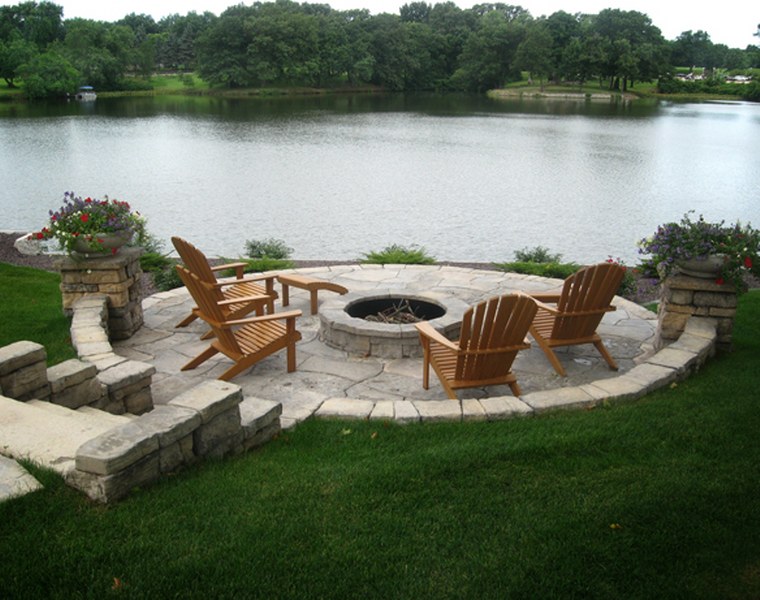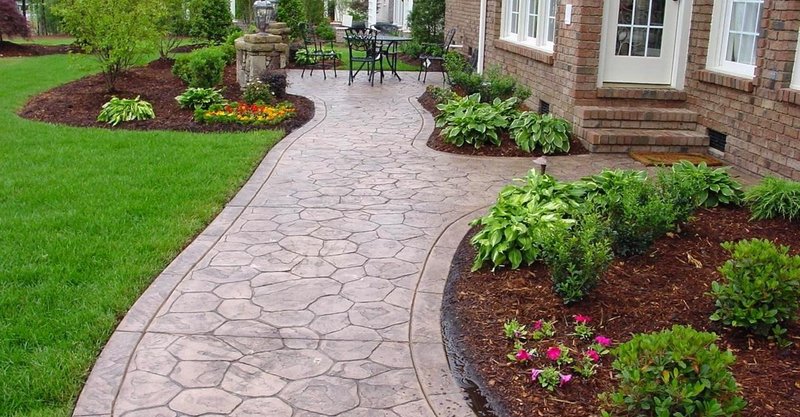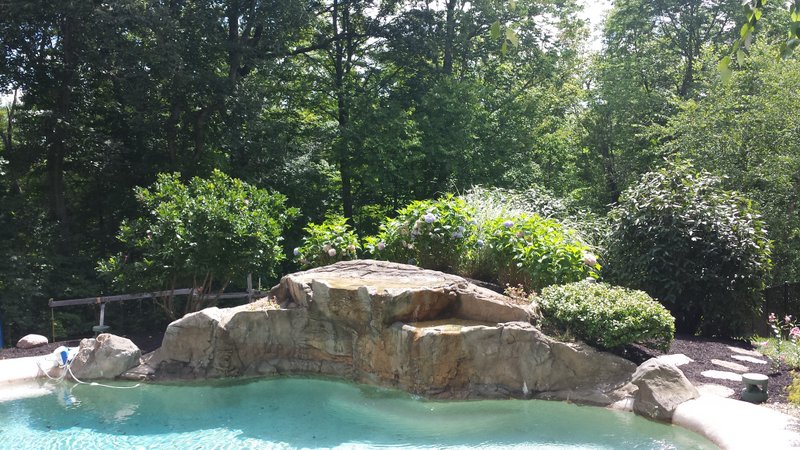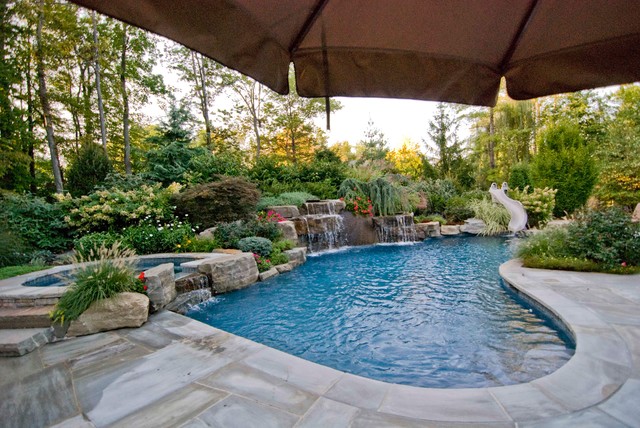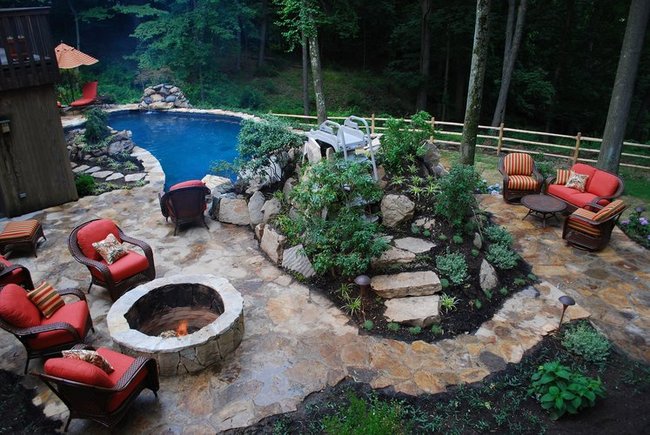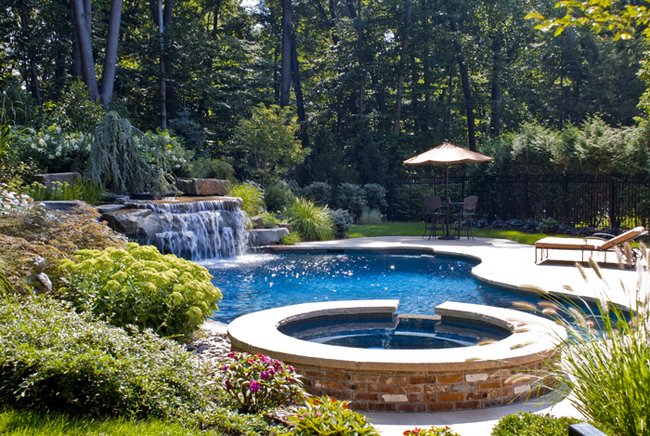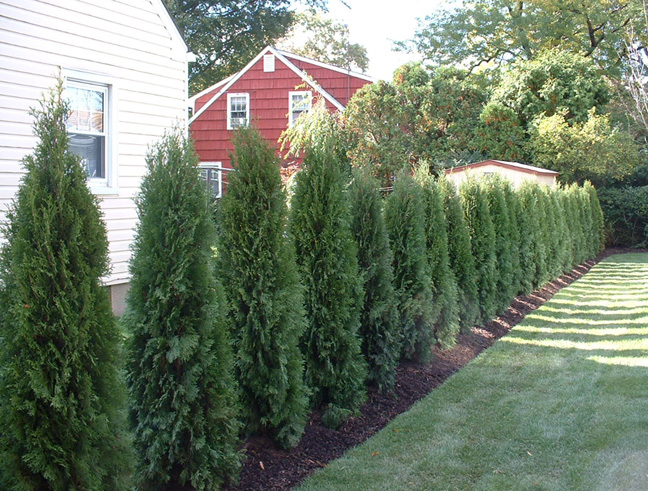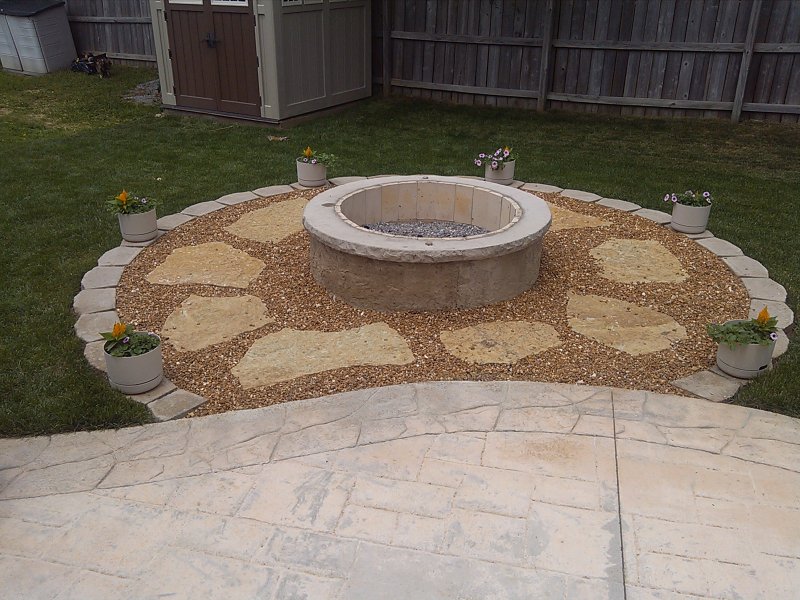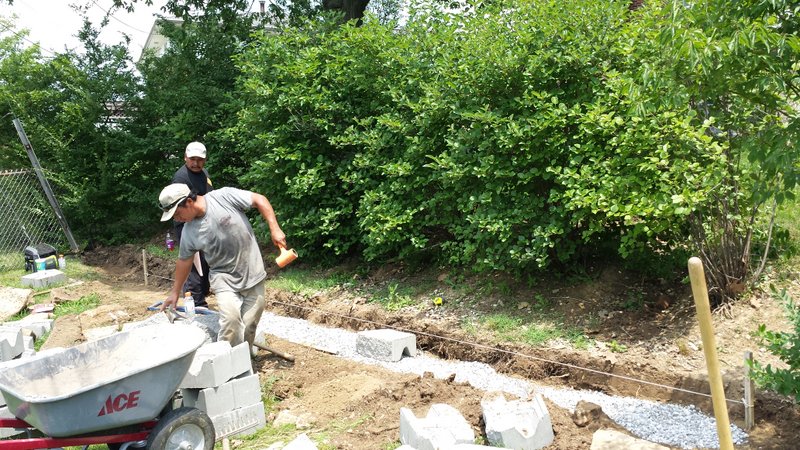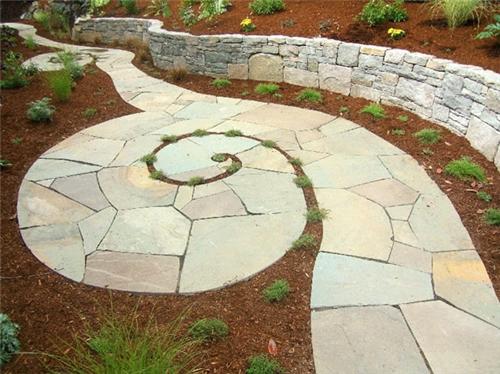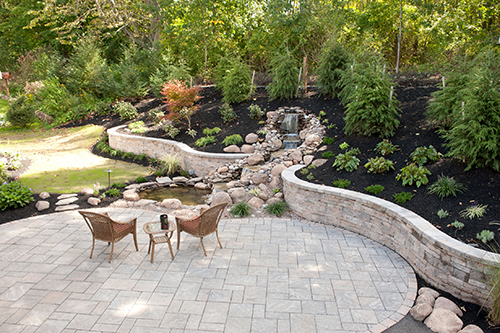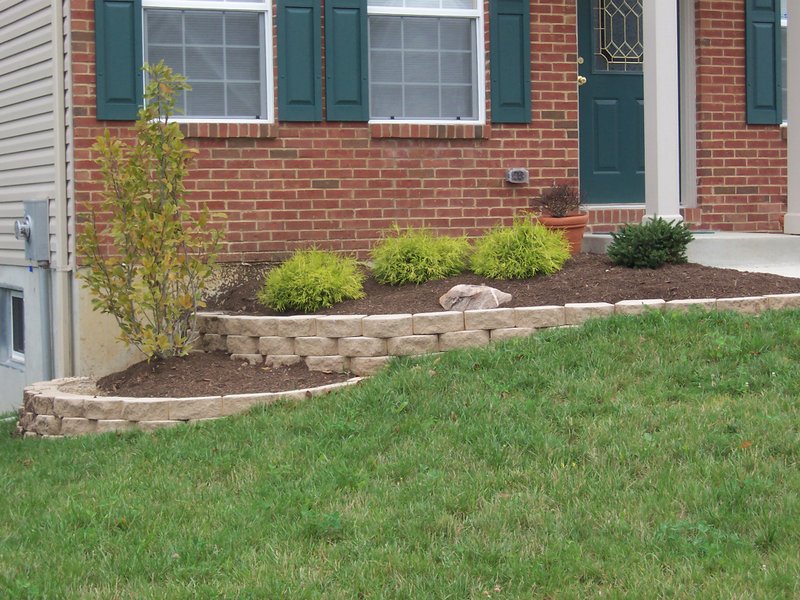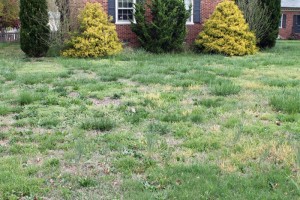
Wrong Weed Control Solutions
Most types of weed controls that you use target specific weeds. This means they will control certain types of weeds and not damage turf-grasses. Most of the weeds growing in lawns consist of broadleaf weeds which include: dandelion, clover, violets, oxalis, and chickweed. However, another type of weed growing in lawns are grassy weeds. This includes: Crabgrass, Nutsedge, Bermudagrass, and Nimblewill. The hard part is figuring out which type of weeds are taking over in your lawn and which herbicides to use. It can be hard to detect which of the many options will work best unless you have experience with right products.
Improper Mixing of Herbicides
It is very important to follow the directions given on the labels. If the solutions are not mixed correctly, it will cause the solution to not work appropriately. Mixtures should not be left in a sprayer for too long and when they are used, be sure to agitate them before using. Make sure the mixture is properly blended while in the tank before using it.
Difficult Weeds
Some weeds are really difficult to kill. These types of weeds usually have waxy leaves, hairs, or extensive roots compared to other weeds. This makes them more difficult to get under control. In order to have success with these types of weeds you will need to repeat applications of your herbicides, include additives to spray mixtures, and rotate herbicide products throughout the year. Always read the labels and instructions to be sure it is the right herbicide and you are using it properly.
The Condition of the Soil
Test your soil by using the following simple steps: You can test your garden soil pH with vinegar and baking soda. Collect 1 cup of soil from different parts of your lawn and put 2 spoonfuls into separate containers. Add 1/2 cup of vinegar to the soil. If it fizzes, you have alkaline soil, with a pH between 7 and 8. PH of 7 is neutral. There are a lot of weeds that grow well in soil that has a low PH and if the lawn is highly compacted and waterlogged.
Bad Timing
If the weather is too cold or too hot and dry the weed control, then results will decrease. Most weeds absorb the products throughout the plant for best control. However, if the plants aren’t moving waters and sugars around inside, then the herbicide isn’t moving around either. Be sure to pay attention to how long it rains after you have applied the herbicide. Most chemicals will work if left on the leaf for 30-60 minutes prior to a rainfall. However, if the rain is excessive, it could wash the herbicides off. Also, be sure to read the label for the proper about of time to wait before mowing the lawn. Usually the waiting time is between 24-48 hours after treatment.
Density of the Lawn
If your lawn is too thin you will most likely be able to kill the weeds temporarily but they will come right back. The best defense against those pesky weeds is to have a nice, thick stand of turfgrass.
You could attempt to do all of this yourself…
-or-
Your could call the pros at Outer Image Outdoor Services to help you do it right the first time! We design and create outdoor areas for a living all over the Greater Cincinnati / Northern Kentucky area!
Contact us (859-689-0076) for a free consultation!





